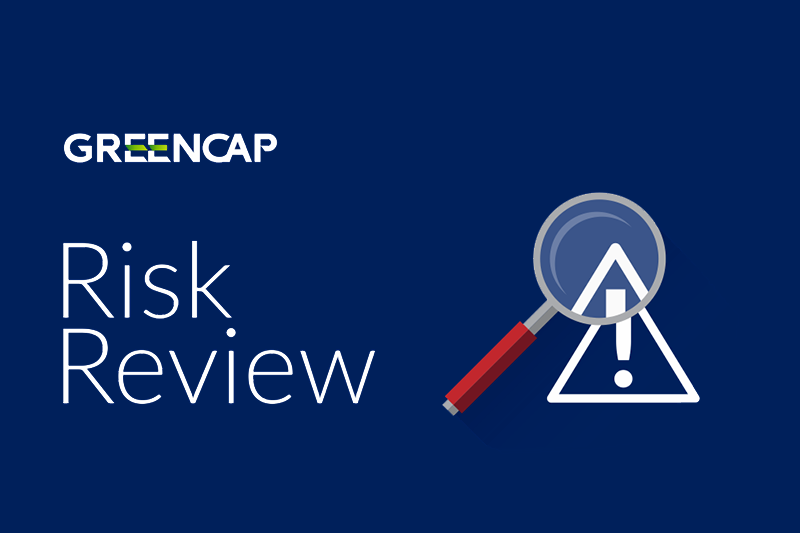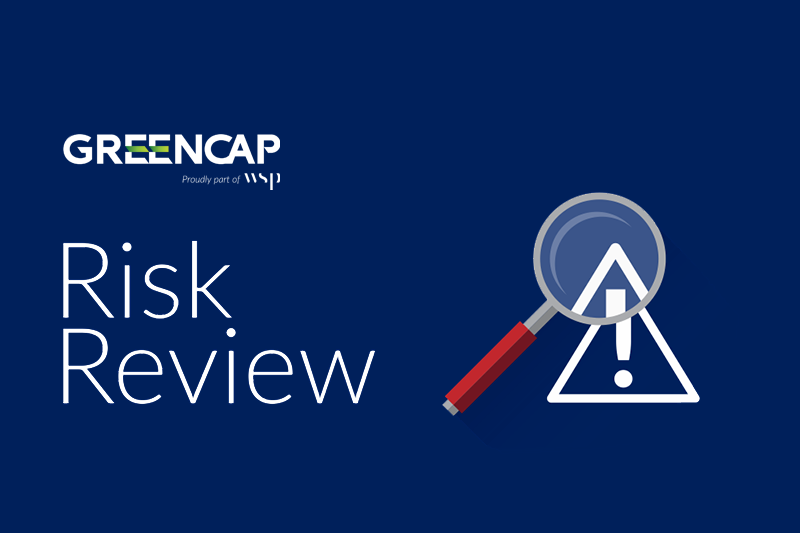Hazardous Chemicals
Hazardous chemicals and dangerous goods can pose a significant risk to people’s health and safety if not correctly managed.
Greencap is now part of WSP
Hazardous chemicals and dangerous goods can pose a significant risk to people’s health and safety if not correctly managed. Chemical exposure may lead to cancer, respiratory illness, irritation to eyes and skin, chemical burns, poisoning, sensitisation and birth defects. Reducing or eliminating exposure to hazardous chemicals in the workplace is essential in establishing a healthy, safe and productive workplace.
There are specific state-based legislation, Codes of Practice and Australian Standards which assist in managing the hazards and risks associated with the storage, use and handling of hazardous chemicals and dangerous goods.

![]() Download this graphic here: A Guide to Implementing a Chemical Management Program (PDF)
Download this graphic here: A Guide to Implementing a Chemical Management Program (PDF)
There are a range of requirements under the various state-based legislation and Codes of Practice. Greencap offers a range of services to assist businesses with meeting these requirements:
Development of Hazardous Chemicals (Dangerous Goods) Register/Inventory
Development of a Hazardous Chemicals (Dangerous Goods) Register/Inventory for chemicals and substances stored and used at the workplace. The register/inventory is required under the WHS/OHS Regulations to be prepared for a workplace and kept up to date. The register/inventory must include the current safety data sheet for each chemical listed and be available to anyone affected by the chemical.
Risk Assessment of Hazardous Chemicals (Dangerous Goods)
Identification of the key hazards and risks associated with the storage, use and handling of hazardous chemicals and dangerous goods at a workplace including (but not limited to) the provision of safety data sheets, correct labelling of chemical containers, provision of secondary containment and spill response, placarding or manifest for chemicals stored in bulk at the workplace.
Preparation of a Manifest
For those chemicals or substances which exceed the thresholds outlined in the applicable regulations, a manifest must be prepared for those hazardous chemicals or dangerous goods and the Regulator is to be notified. The manifest must include the type, quantity and location of the chemicals, a site plan and contact details for emergency services.
![]() Read the Hazardous Chemicals Classification System blog here.
Read the Hazardous Chemicals Classification System blog here.
Frequently Asked Questions
What is a Safety Data Sheet (SDS)?
A SDS is a document that provides detailed information about a chemical. An SDS also provides information on managing the risks of a chemical in the workplace such as first aid requirements, recommended Personal Protective Equipment (PPE) to be worn when handling the chemical and spill containment provisions.
A safety data sheet should be obtained from the supplier or manufacturer of the hazardous chemical on first supply of the chemical to the workplace. The SDS should be maintained and kept up to date (reviewed and reissued every 5 years), be available in a readily accessible location and contain local (Australian or New Zealand) contact details.
Why are chemical containers required to be labelled?
All chemical containers that are used, stored, or handled at a workplace must be correctly labelled to alert users to the container’s contents. Labels identify hazards and safety controls and provide instructions on how to safely use chemicals.
A compliant hazardous chemical label must include the following:
Product identifier
Name, address and telephone number of the manufacturer
Hazard pictograms (as specified in the GHS)
Hazard statements
Information about the hazards and the expiry date of the chemical (if applicable).
All labels should be kept in good condition and be clearly legible at all times.
What is secondary containment/bunding?
A spill containment system for hazardous chemicals must be supplied, if necessary. Where there is a risk of a spill or a leak of a hazardous chemical in a solid or liquid form, provision should be made at the workplace where the hazardous chemical is used, handled, generated or stored. Spill containment provisions may include, but are not limited to secondary containment/bunding, spill kits, leak detection systems etc.
Am I required to segregate types of chemicals?
Certain types of chemicals when mixed may cause a physical or chemical reaction (e.g. flammable and corrosive chemicals may mix and cause hazardous fumes). It is important to review safety information for the chemicals stored at the workplace and ensure that minimum segregation requirements are met. The chemical SDS will outline incompatibilities and should be reviewed prior to storage to determine if chemicals are safe to store together.
What are the requirements for placarding?
If quantities of specific classes of chemicals exceed the placard thresholds outlined in the applicable jurisdiction’s regulations, outer warning placards (“HAZCHEM”) must be displayed at the entrances to the workplace and information placards much be displayed at the location the chemical is stored or on the storage tank/system. Displaying placards assist emergency services in the event of an emergency at your workplace.
Are there any other requirements?
There are a number of other requirements in relation to the management of chemicals in the workplace including the provision spill kits, installation of fire protection systems, suitable emergency equipment and emergency plans. These additional requirements are often specific to a workplace and the types of chemicals stored, used and handled at that workplace. A Hazardous Chemicals (Dangerous Goods) Assessment can assist in the identification of chemical requirements at a workplace.
Industry News
Risk Review
News
Mid-Coast Outreach & Greencap - Helping to keep communities safe and supported
Risk Review
The Asbestos Register – A cornerstone for managing asbestos
Greencap acknowledges the Traditional Owners of Country throughout Australia and recognises their continuing connection to land, waters and culture. We pay our respects to their Elders past, present and emerging.




